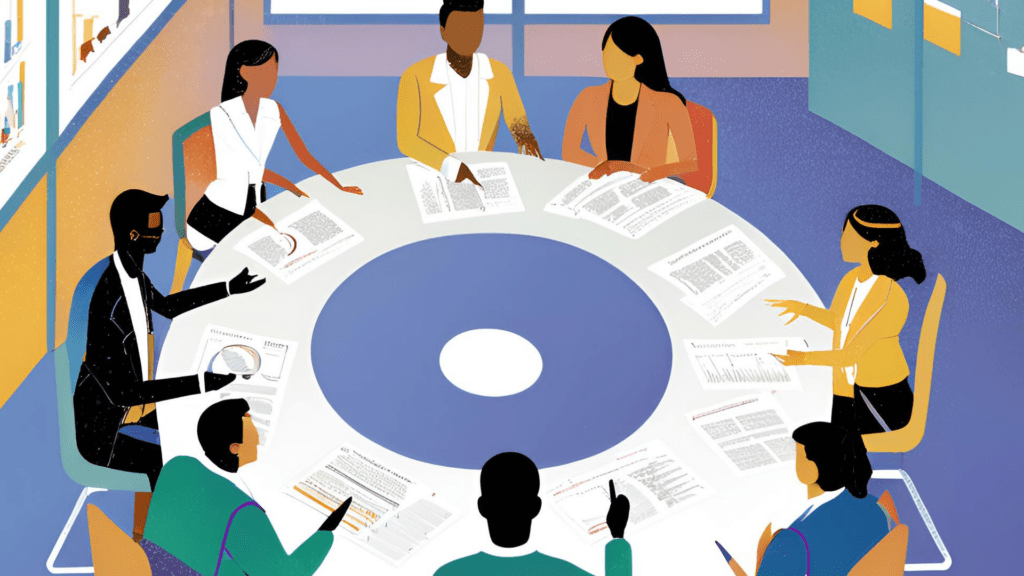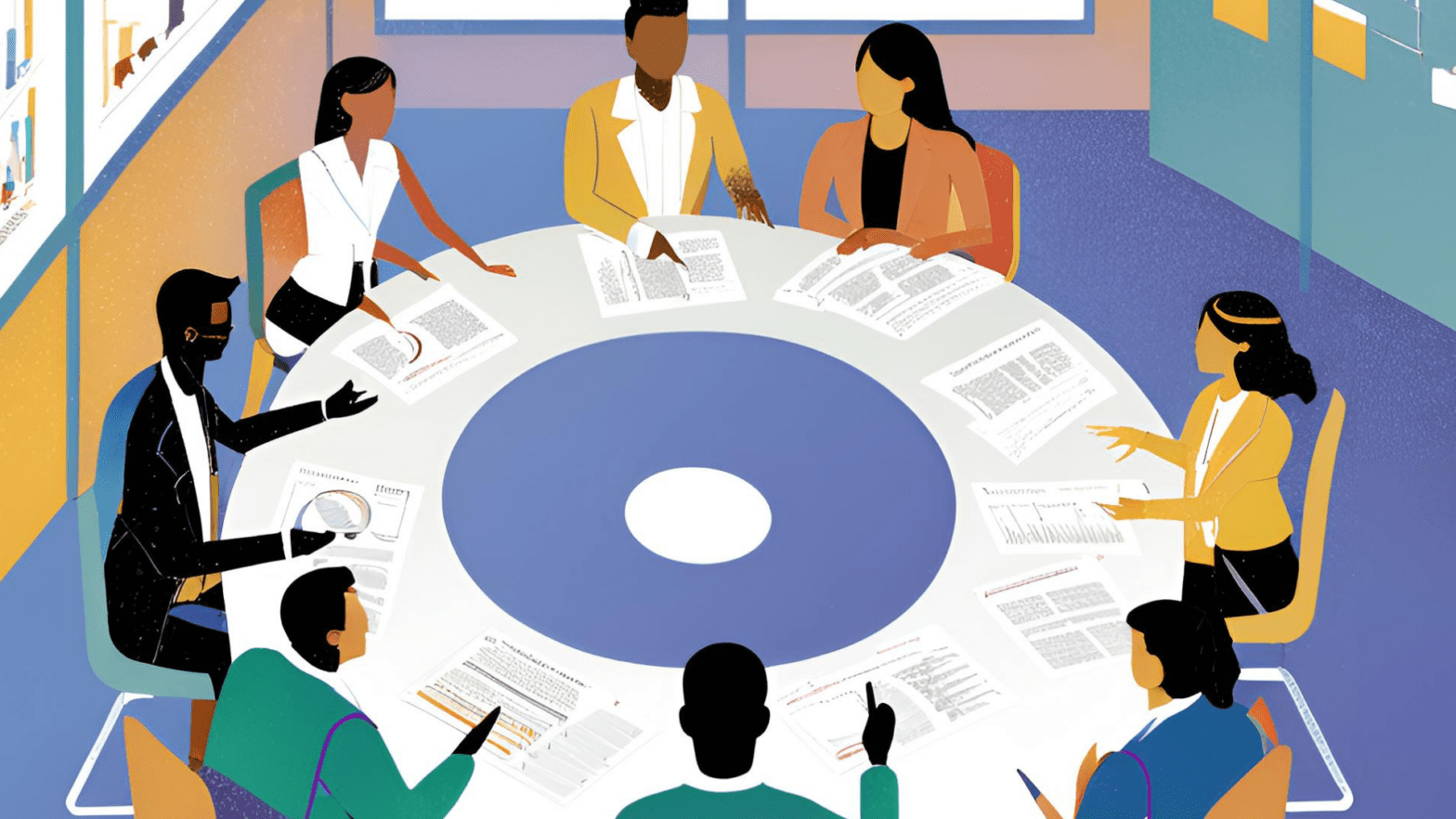The purchasing cycle, also known as the procurement cycle, is a fundamental concept in procurement and accounts payable.
It refers to the sequence of steps an organization follows to acquire goods or services from external suppliers.
This cycle ensures that necessary resources are acquired on time, at competitive prices, and from reliable suppliers, enabling operational efficiency and financial control.
While the purchasing cycle can vary depending on factors like company size, procurement policies, and the type of goods or services required, a few essential stages are typically followed.
These stages create a structured approach to managing resources, fostering strong supplier relationships, and maximizing cost savings.

Key Stages Of The Purchasing Cycle
Identifying Business Needs
The purchasing cycle begins with identifying the business needs for goods or services.
This initial phase is crucial as it sets the foundation for the entire process, from determining the quantity and quality of the needed items to assessing delivery timelines and specific requirements.
Proper need identification allows procurement professionals to create accurate purchase requisitions and plan effectively.
Obtaining Purchase Approvals
After identifying the need, the next step is obtaining approvals from internal stakeholders.
The approval workflows may vary by organization, but they generally involve the procurement team and relevant departmental heads.
Clear guidelines on departmental purchasing limits ensure that requisitions align with organizational priorities and budget constraints.
Creating Requests For Information (RFI)
An RFI allows procurement teams to gather information on available suppliers and their capabilities.
This phase helps narrow down potential suppliers based on preliminary factors such as technical requirements and industry expertise.
Creating Requests For Proposals (RFP)
Once initial suppliers are identified, an RFP invites them to submit detailed proposals, including pricing, terms, and service options.
RFPs provide a structured approach to evaluate potential vendors and ensure alignment with the organization’s procurement strategy.
Creating Requests For Quotations (RFQ)
An RFQ is sent to shortlisted suppliers to request specific price quotations based on the exact quantities and specifications required.
This step is crucial for making cost-effective purchasing decisions and comparing suppliers on pricing and value offered.
Selecting Suppliers
With all data gathered, the procurement team selects the most suitable supplier(s).
Factors like pricing, delivery times, supplier performance, and reliability play a significant role.
Effective supplier management helps establish long-term relationships and maintain quality standards.
Negotiating with Suppliers
Contract negotiation ensures beneficial terms for both parties, covering aspects such as payment terms, delivery schedules, and itemized costs.
These agreement phases foster win-win supplier relationships and align the supplier’s offerings with the organization’s specific needs.
Finalizing Contracts
Once terms are agreed upon, the procurement team formalizes the relationship through a binding purchase agreement.
This contract includes previously-negotiated contract terms, service-level agreements, and conditions for future contract renewals.
Order Management
Order management involves overseeing the fulfillment of each purchase order (PO).
This step ensures that suppliers deliver goods or services per the agreed terms and timelines.
Purchase order creation and purchase order process benefits include a clear record of the transaction and simplified inventory tracking.
Payment Processing
Upon successful delivery and verification, the finance team processes payments.
Accurate payment processing ensures suppliers receive compensation on time, fostering goodwill and maintaining strong supplier relationships.
Additional payment terms may include dynamic discounting for early payments.
Evaluating Supplier Performance
Evaluating supplier performance post-purchase helps assess their reliability, quality, and ability to meet standards.
Key performance indicators (KPIs) provide actionable insights, supporting vendor evaluation and supplier relationship management.
Importance Of Optimizing The Purchasing Cycle
Optimizing the purchasing cycle is essential for process efficiency, cost savings, and enhanced supplier relationships.
A well-structured procurement cycle minimizes resource wastage, reduces lead times, and ensures that suppliers are delivering consistently.
Organizations with optimized cycles report improved compliance and better alignment with internal policies.
Technology In The Purchasing Cycle
E-Procurement Solutions
E-procurement platforms like Kissflow Procurement Cloud offer centralized solutions for managing procurement activities. From purchase requisitions to order tracking, these tools streamline each phase, ensuring record-keeping accuracy and real-time procurement process flow visibility.
Supplier Relationship Management (SRM) Systems
SRM systems support ongoing vendor relationships by tracking supplier performance, contract terms, and order histories.
Supplier management becomes easier, as these tools facilitate informed decision-making and compliance requirements adherence.
Best Practices For An Effective Purchasing Cycle
- Leverage Technology: Use procurement management software for automation and improved accuracy.
- Build Strong Supplier Relationships: Foster collaborative relationships that lead to long-term benefits and reliability.
- Implement Approval Workflows: Ensure every purchase is approved and meets organizational standards.
- Maintain Accurate Records: Document all transactions for auditing purposes and effective financial tracking.
Challenges In The Purchasing Cycle
Some common challenges include:
- Dark Purchasing: Unauthorized or maverick spend that bypasses standard procurement.
- Complex Approval Processes: Inefficient workflows slow down procurement activities.
- Data Management: Large volumes of stock records and transaction data make tracking and analysis challenging.
Conclusion And Future Trends In Procurement
The purchasing cycle is integral to effective procurement, encompassing everything from identifying needs to finalizing payments.
Embracing procurement software automation and procurement strategy advancements will streamline the cycle further.
Moving forward, trends like dynamic discounting, AI-driven procurement insights, and digital procurement platforms will enhance cycle efficiency, enabling businesses to respond quickly to customer demands and competitive pressures.
Investing in a modern, tech-driven purchasing cycle ultimately results in cost savings and operational resilience, positioning organizations for sustained success.
